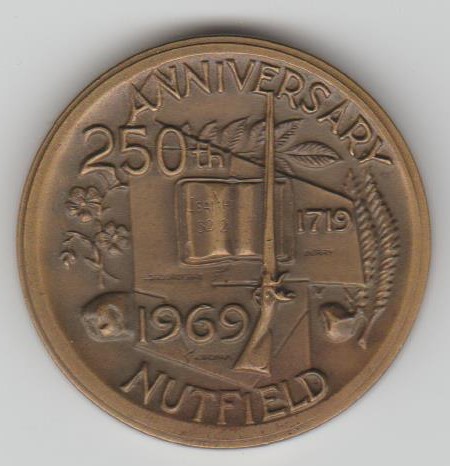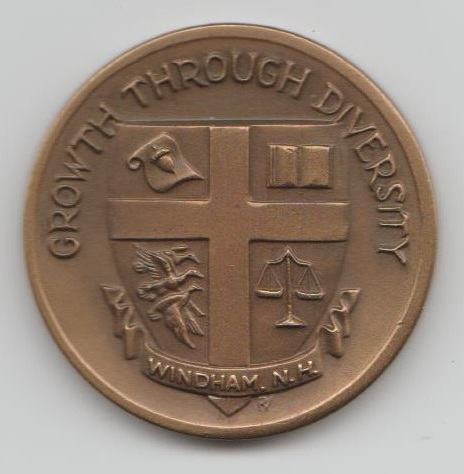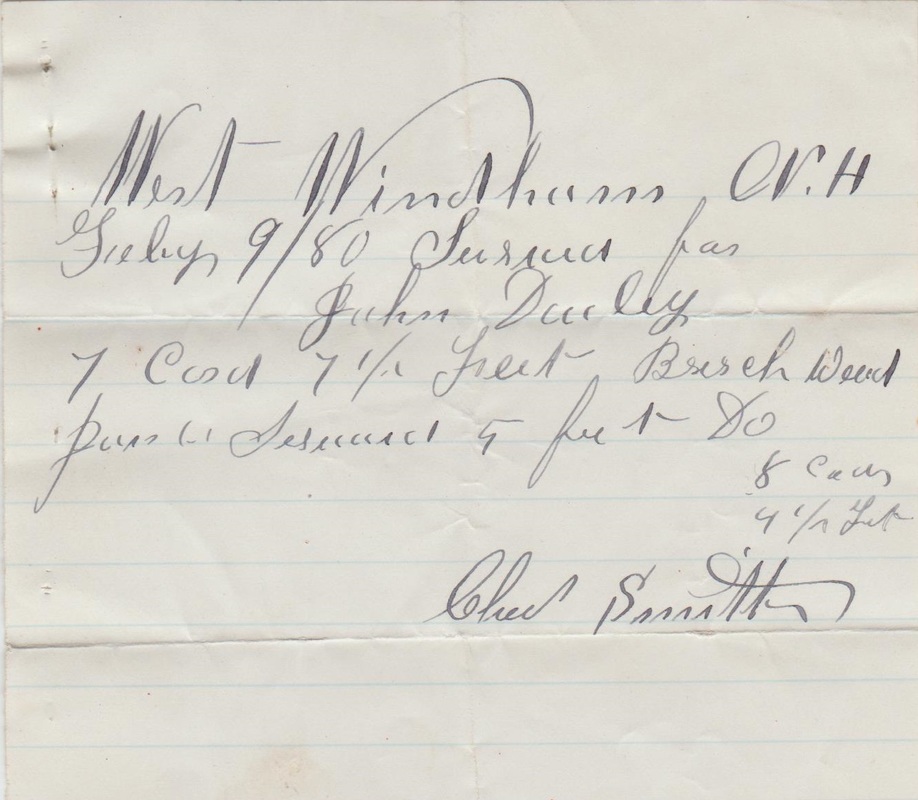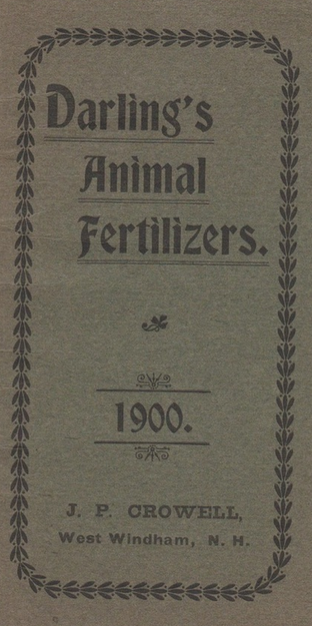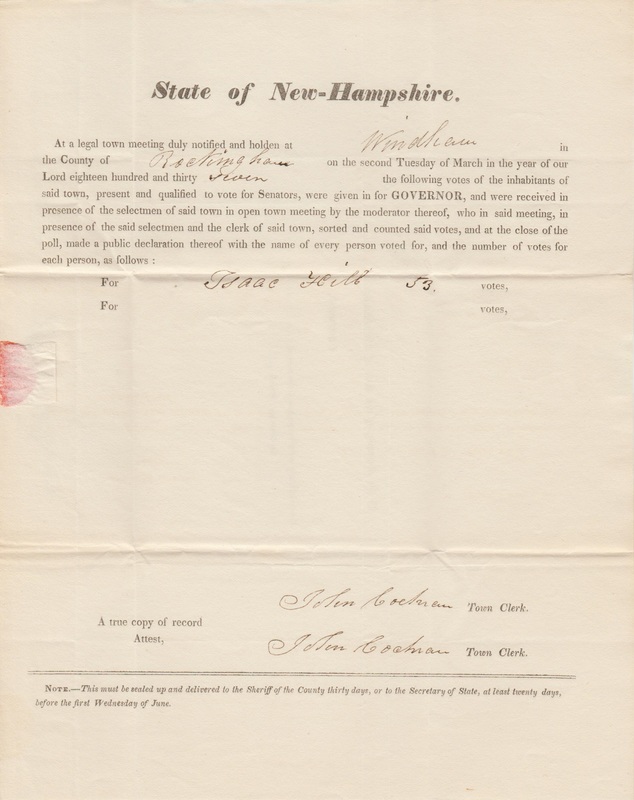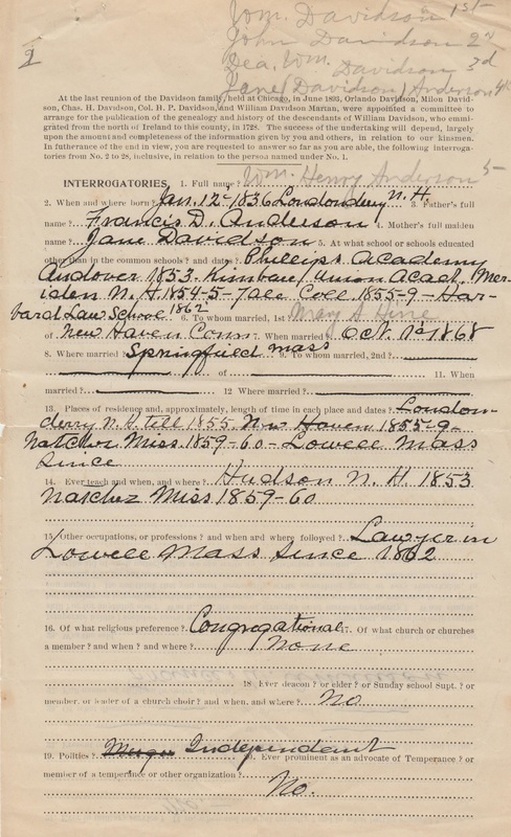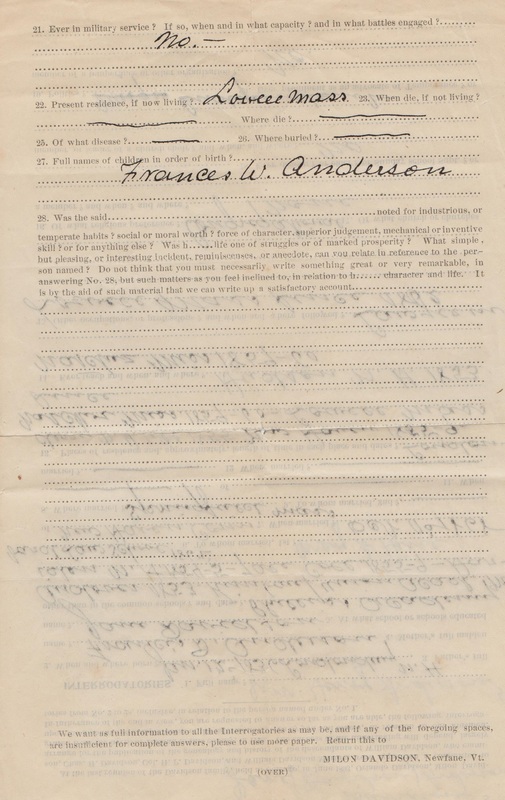As Nutfield serves as the common link between the three towns, there has been no shortage of celebrations of its anniversary throughout history. One of the earliest recorded celebrations took place in Londonderry in 1869. The next anniversary in 1919 was quite popular and was extensively written about in the local newspapers of the day. When the 250th anniversary came in 1969, it was felt there should be some physical souvenir of one of Nutfield's most momentous anniversaries.
For the occasion, medals representing each of the three towns were produced by Robbins Co. of Attleboro, MA. Each medal shares a common obverse side, while the reverse depicts elements significant to each individual town. The designs were all sculpted by Patricia Verani of Londonderry. However an artist from each town was tasked with sketching the design. Verani designed the Londonderry medal, Jean Wyman designed the Derry medal, and Diane Gulden designed the Windham medal. Two varieties of the medals were struck; one in sterling silver and another less expensive version in a base metal. Below is base metal version.
"The obverse or Nutfield side of the medal is symbolic of many of the early settlers' experiences. The musket and the Bible are representative of Rev. MacGregor and his first sermon. Nutfield was so named because of the many nut trees found in the area which are represented on the medal by the chestnut, chestnut leaves, black walnut, and butternut leaves. Also important to Nutfield was the development of a linen industry which is represented by the flax blossoms. The settlers introduced the Irish potato to North America, and this is represented by the potato. The old map of Nutfield shows how the town was divided into what we now know as Londonderry, Derry, and Windham."
"The Windham side of the medal is represented by a shield and cross, indicative of our early settlers' strife in Ireland and their strong Christian ties. In the upper left of the shield is a scroll and an acorn. The scroll represents the charter of the original land grant, while the acorn is symbolic of the continual growth which the area has experienced since the first settlement was established. The open volume is significant of the progressive approach Windham has taken in its school system and the fervent interest of the community in the education of its young people. The ducks in flight are representative of Windham's love for its woods and fields, streams and ponds, and its sincere interest in conserving these natural beauties. The balance scales represent our just form of government - Town Meeting - whereby each citizen has the right to voice his opinion, from those townspeople whose ancestors settled this land to the new residents whose backgrounds are multifaceted and diverse, yet all with a common interest - the betterment of our community as it stands in its relationship to our state, our nation and the world."
